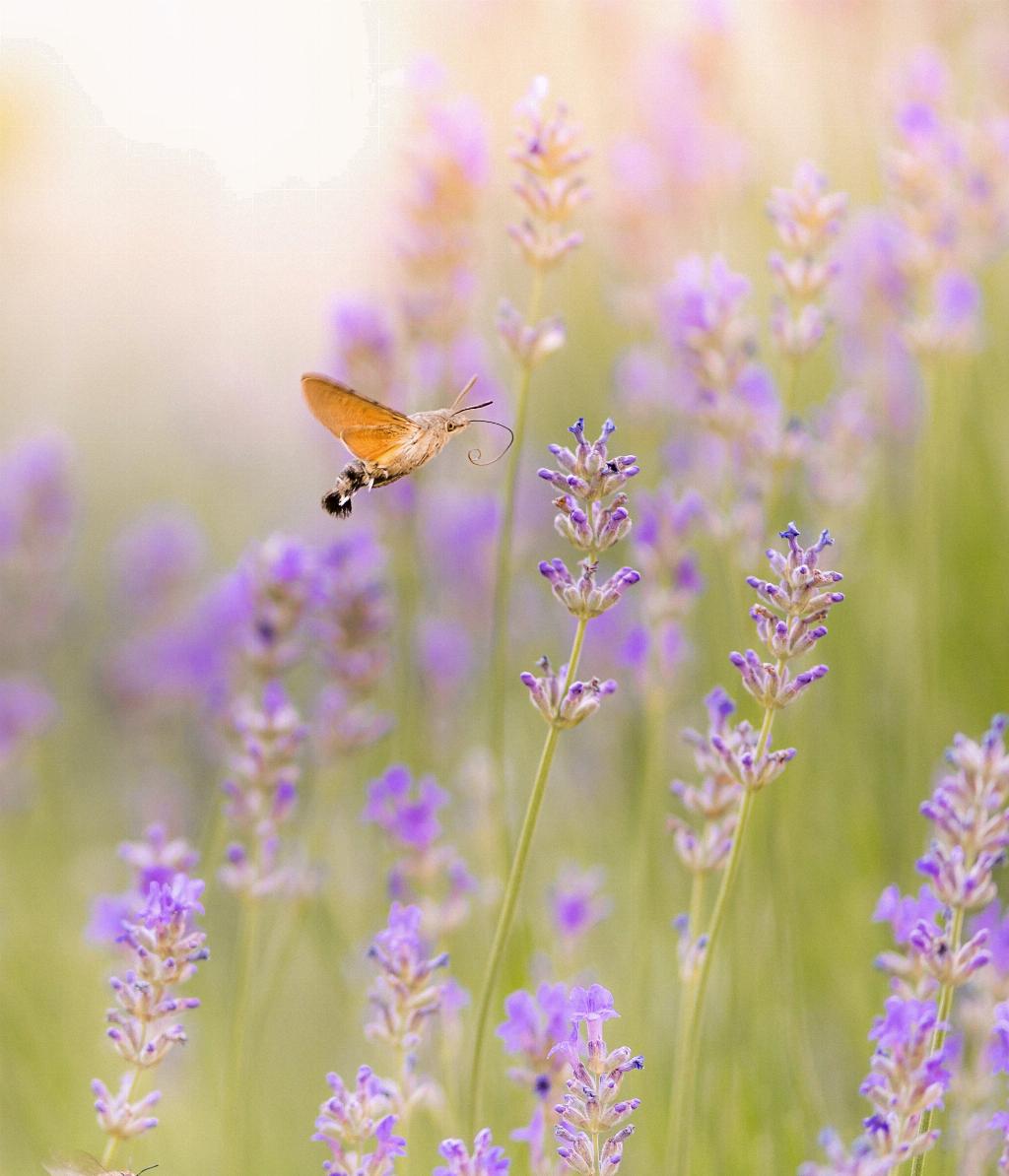When it comes to the safety of lilac plants for our feline friends, it’s essential to differentiate between the common lilac plant (Syringa vulgaris) and the potentially toxic Persian lilac from the Melia genus.
The common lilac plant, often found in gardens and parks, is generally considered safe for cats. Its blooms are not known to be toxic to our furry companions, making it a beautiful addition to your outdoor space without posing a significant threat to your cat’s well-being.
On the other hand, the Persian lilac, a member of the Melia genus, is a different story. This variety of lilac can be highly toxic to cats if ingested. Symptoms of poisoning in cats may include gastrointestinal distress such as vomiting and diarrhea, muscle weakness, tremors, and in severe cases, seizures.
It is crucial for cat owners to be aware of the specific type of lilac plant they have in their surroundings. If you are uncertain about the variety of lilac you have, it is recommended to consult with a veterinarian or plant expert to ensure the safety of your feline companion.
As responsible pet owners, we must take precautions to protect our cats from potential hazards in their environment. This includes being mindful of the plants we choose to cultivate in and around our homes.
If you have a common lilac plant and your cat shows interest in it, there is generally no need to worry. However, if you suspect that your cat has ingested any part of a Persian lilac plant, it is crucial to seek immediate veterinary attention to address any potential poisoning symptoms.
While most cats may not typically be drawn to eating plants, some felines may exhibit curious behavior that could lead them to nibble on leaves or flowers. This is why it is important to be proactive in identifying and removing any toxic plants from your cat’s environment.
Creating a safe and enriching living space for our pets involves assessing the potential risks posed by the flora and fauna in our surroundings. By educating ourselves about the plants that could be harmful to our cats, we can take proactive steps to prevent accidental poisoning incidents.
Cultivating a cat-friendly garden or indoor plant collection entails selecting non-toxic varieties that pose minimal risk to our beloved companions. By opting for safe plant species, we can create a harmonious environment where both cats and plants can thrive together.
Regular monitoring of your cat’s behavior and any changes in their health can help you detect early signs of plant-related toxicity. Being vigilant and observant can make a significant difference in ensuring the well-being and safety of your feline family members.
If you suspect that your cat has ingested a toxic plant or is showing symptoms of poisoning, do not hesitate to contact your veterinarian immediately. Prompt intervention is crucial in mitigating the effects of plant toxicity and safeguarding your cat’s health.
In conclusion, while the common lilac plant is generally safe for cats, it is vital to exercise caution and awareness when it comes to the types of plants present in your cat’s environment. By being informed and proactive, you can create a secure and nurturing space for your feline companions to enjoy.

